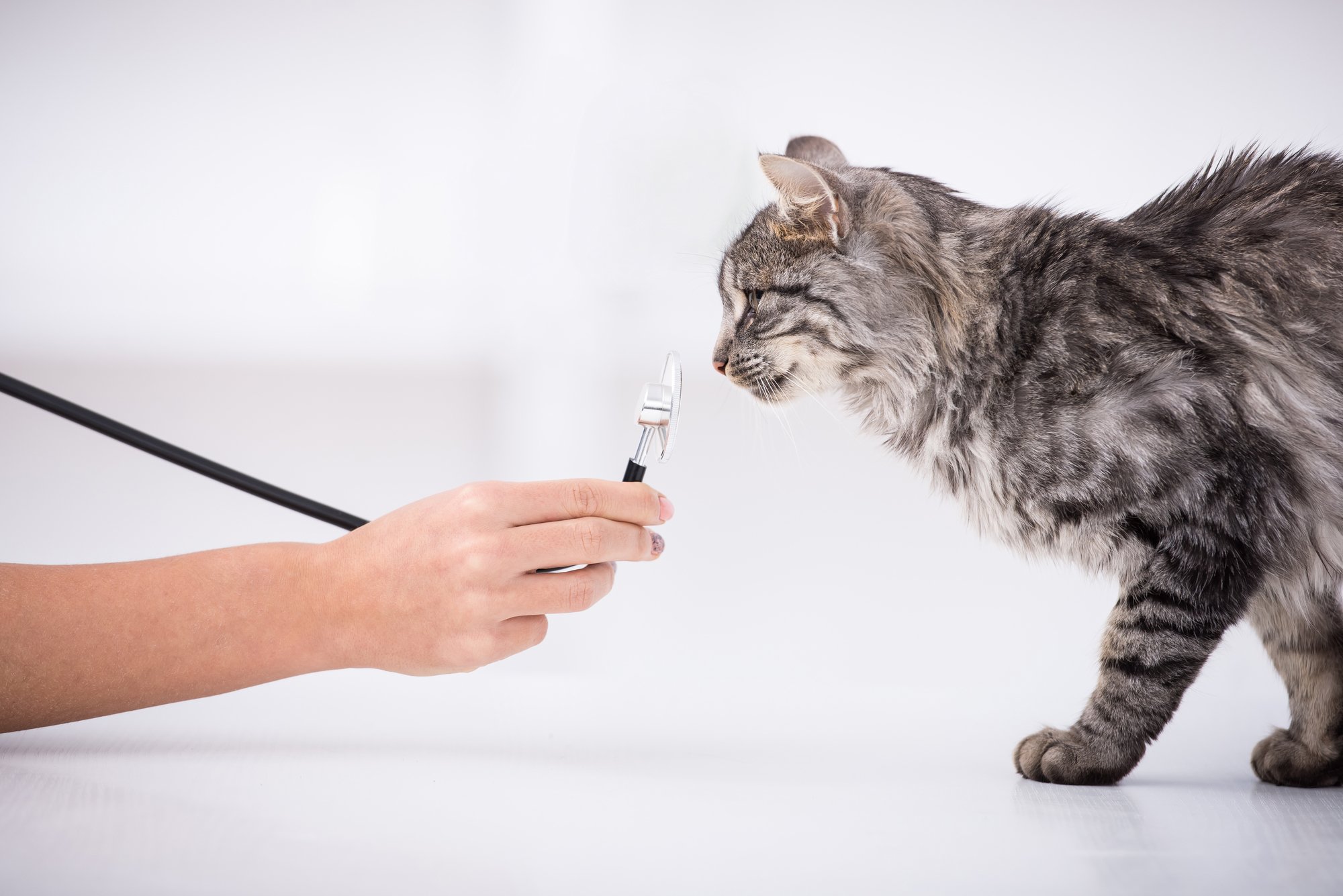hip dysplasia in cats walking
Signs of hip dysplasia include. If your cat displays any of the signs listed above contact your vet right away.

Lameness Hip Dysplasia Cats Youtube
The diagnosis of hip dysplasia in cats should be made by first ruling out other orthopedic disorders with similar clinical signs.
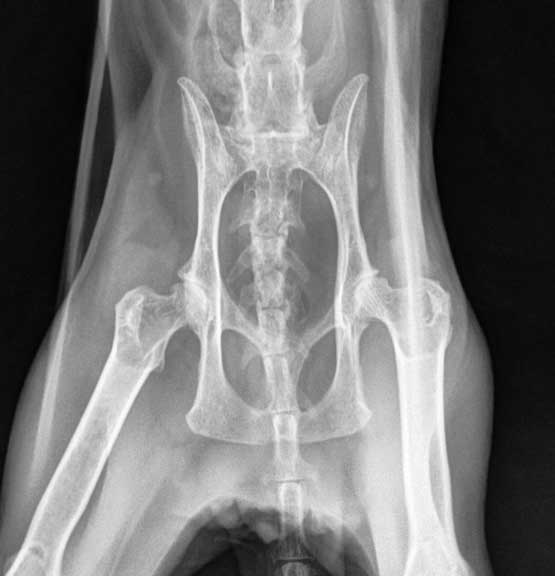
. Cats who have had this surgery may show a very slight limp but are pain-free and commonly return to full activity levels. A shallow acetabulum with remodeling and. An expression of pain if the hip joint is touched.
Hip dysplasia generally starts in cats when theyre still kittens. Hip dysplasia is a degenerative disease that causes a malformation of the ball-and-socket joint in the hip leading to pain and stiffness. There is a hereditary or genetic component with certain breeds and breed lines being predisposed to the disease and then there are environmental factors such as.
Large breeds of dog are more commonly diagnosed with hip dysplasia but cats are by no means immune. There were 684 cats from 12 breeds. Lethargy and general irritability.
The progressive failure of the hip joint leads to the deterioration and loss of function of the ball-and-socket joint. Hip dysplasia is uncommon in cats and when present typically does not cause the severity of pain and lameness as is seen in dogs. The data derived from this study indicate the frequency of feline hip dysplasia in this population to be about 66 45684 and that the incidence appears to be breed dependent.
Via this method cat hip dysplasia surgery costs tend to run about 1500 to 3000 versus 4000 minimum for a hip replacement. Also the radiographic appearance of hip dysplasia in cats is different than in dogs. Difficulties walking due to the deformities in the bone and the joint swelling.
Hip dysplasia was diagnosed in three cats. Cats with hip dysplasia will likely develop osteoarthritis if the disease progresses. For now however veterinarians generally agree that the only way to prevent hip dysplasia would be to avoid the breeding of cats that are thought to be genetically predisposed to the condition.
As the cat walks runs climbs lies down the ball glides smoothly over the socket. Cats may hiss or even bite if in a lot of pain. The abnormality in hip joint development.
Hip dysplasia is a condition in cats that causes their hip joints to develop abnormally. The deformity would be clear upon this type of examination. Though fairly uncommon this disease tends to affect cats that are purebred or heavy boned though it can still occur in small boned cats.
The cats hip joint consists of two bone parts the femoral head in this case the ball and the hip bones acetabulum in this case the socket. Cats are masters at masking their symptoms and owners will miss the subtle signs of early hip dysplasia. X - rays of the hip in various views to assess for characteristic changes in the pathology.
In simple words hip dysplasia is a disorder or malformation of the hip joint. A reluctance to run and jump. Hip dysplasia in cats is a genetically inherited malformation of the hip joint.
If these joints fail to form properly there may be increased laxity and abnormal movement of the joint and over time this can result in the development of degeneration of the joint and painful osteoarthritis. Symptoms of Hip Dysplasia. Dislocation and damage to their cartilage causes micro-fractures that keep it from walking properly climbing jumping and playing.
A normal functioning hip joint consists of a rounded femoral head that sits in a socket-like structure called the. Two were presented with a history of hindlimb lameness and the other had a history of constipation. Signs and Symptoms.
In hip dysplasia the ball-and-socket joint connecting the head of the femur to the hip bone is malformed. Walking like theyre unbalanced on their hindlimbs. Clinical signs of feline hip dysplasia include limping or other apparent difficulties in walking avoidance of physical activity expression of pain if.
All were confined for two weeks and showed considerable clinical improvement. Hip dysplasia is caused by many different factors. They can then tell definitively if FHD is present in one or both hip joints.
Lack of interest in games and activities due to the pain caused by. Unsurprisingly hip dysplasia frequently goes unnoticed. Hip dysplasia is the name given to an abnormality of the development of the hip coxofemoral joint s.
A new paper from Michigan State University examines potential causes of hip dysplasia in cats and describes therapies for treating the condition relieving our feline friends of pain and possibly saving their lives. The tests necessary to complete the diagnosis of this disease are. A noticeable lack of muscle in the hind legs.
A rare orthopedic disorder in cats feline hip dysplasia involves the abnormal development and subsequent degeneration of the coxofermoral joint. Hip dysplasia in cats was until recently unheard of but recent research indicates that felines of all breeds are capable of developing feline hip dysplasia. This can be done by your vet and then sent to the Orthopedic Foundation of Animals who has a division the Hip Dysplasia Registry specifically designed to analyze the x-rays of cats suspected of having FHD.
It is also far more likely to be found in female rather than male cats. A cat with hip dysplasia will show progressive signs of lameness like limping unwillingness to move continually chewing or licking the hip and expressing pain. A cat affected by hip dysplasia will show the following symptoms.
Hip dysplasia in cats is an inherited and painful joint disease. Your cat will then form a false joint with the muscles providing support. Urine and blood analysis hemogram and biochemistry.
Hip dysplasia HD is a painful condition due to a malformation of the hip joint. In other words it starts before their bone structure has developed fully and it only gets worse as time goes on. The ball of the femur the round head at the top of the thigh bone is meant to fit snugly into the socket of the hip acetabulum the teres ligament as well as large muscles hold the joint in place.
Reluctance to move particularly to jump. Palpation of both hip joints. The incidence of hip dysplasia in domestic shorthair cats is low just over 5 percent but runs as high as 20 percent in.
At follow-up examination the cats were free of clinical signs despite the deterioration in the radiological appearance of.

Hip Dysplasia In Dogs And Cats Long Beach Animal Hospital
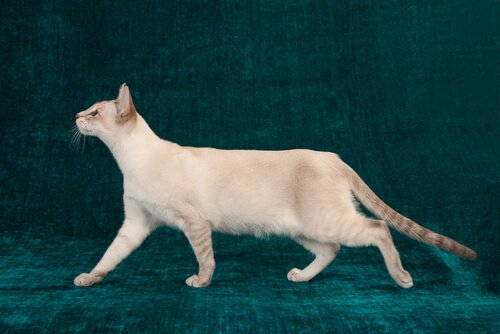
Hip Dysplasia In Cats Everything You Need To Know My Animals

What Is Hip Dysplasia In Cats All To Do With Cats
Ask A Vet Did You Know That Cats Get Hip Dysplasia
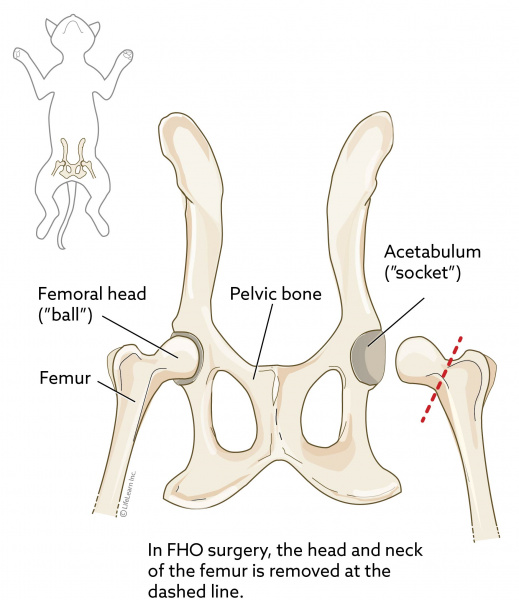
Femoral Head Ostectomy Fho In Cats Vca Animal Hospital
All About Feline Hip Dysplasia The Honest Kitchen
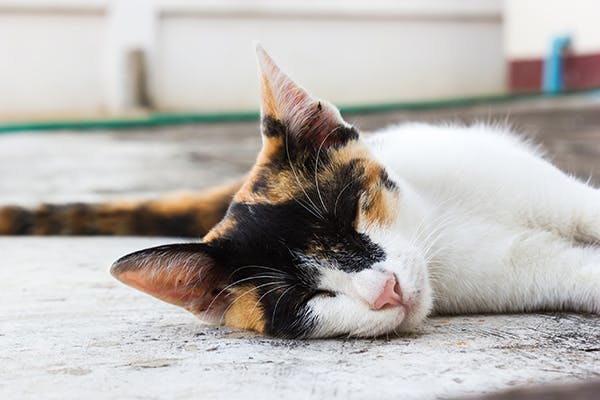
Hip Dysplasia In Cats Symptoms Causes Diagnosis Treatment Recovery Management Cost
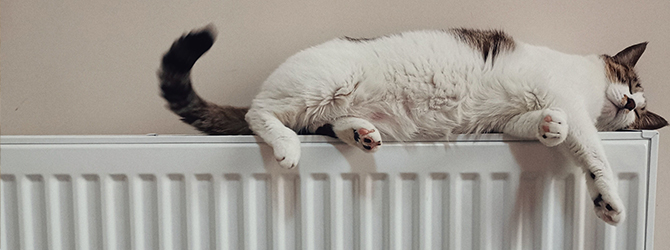
Hip Dysplasia In Cats Causes Symptoms Prevention My Family Vets

What Is Hip Dysplasia In Cats Causes Symptoms Treatment
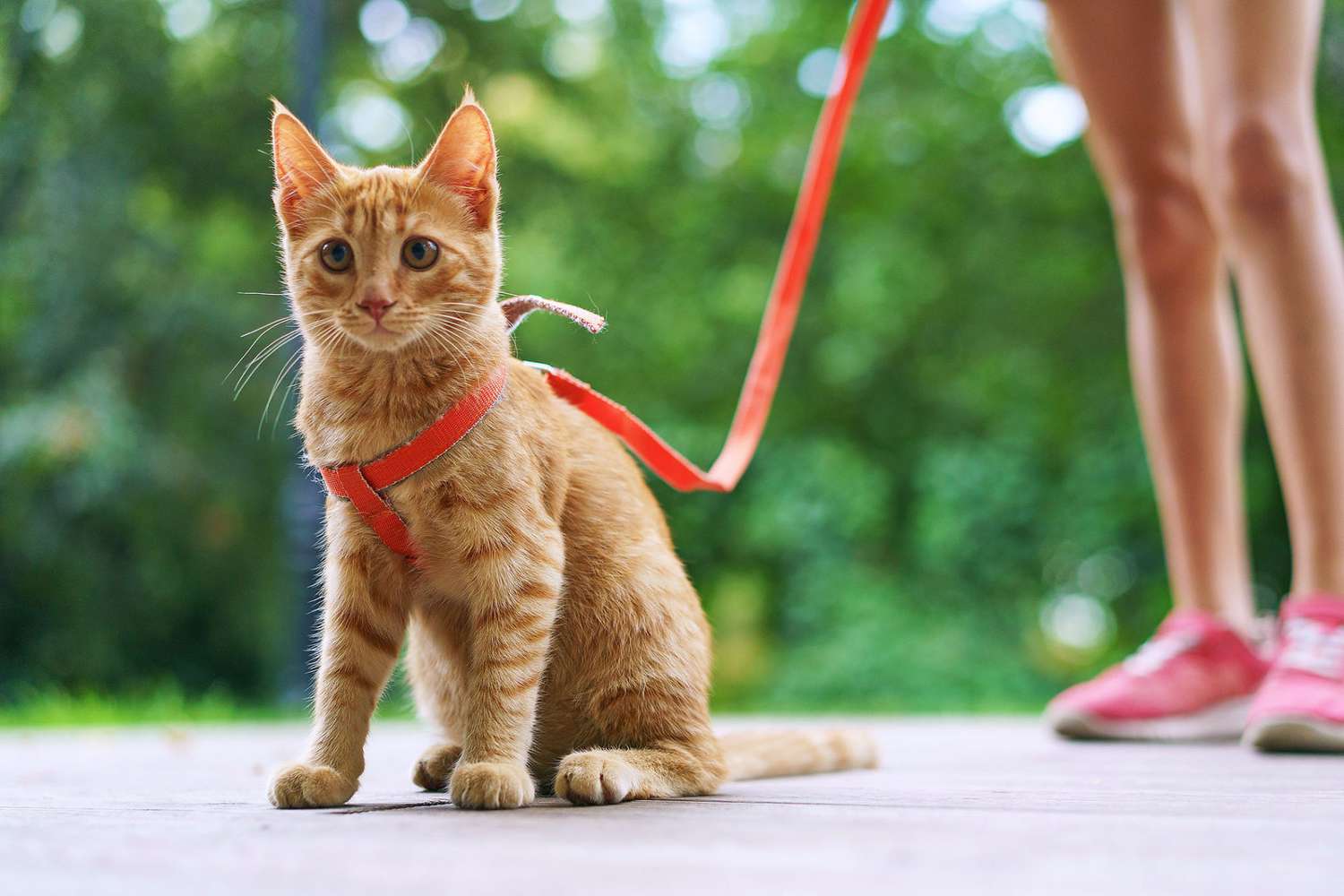
Hip Dysplasia In Cats Signs Treatment And Prevention Daily Paws

New Knowledge And New Treatments For Feline Hip Dysplasia College Of Veterinary Medicine At Msu

Feline Hip Dislocation Youtube
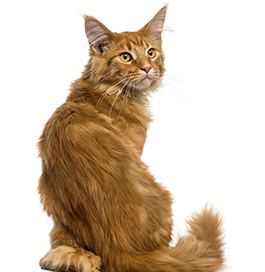
Hip Dysplasia Cornell University College Of Veterinary Medicine
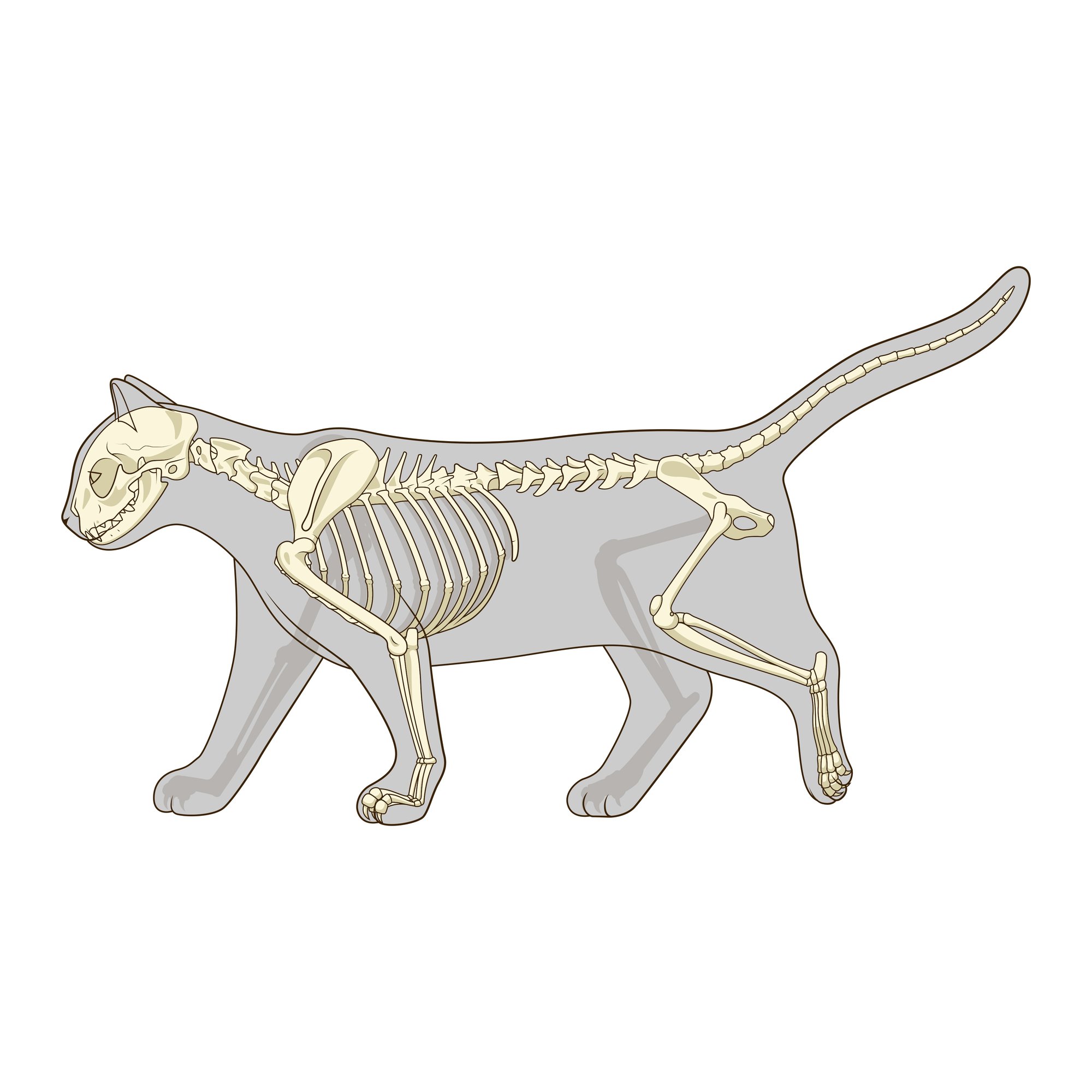
Cats Hide Signs Of Hip Dysplasia Catwatch Newsletter
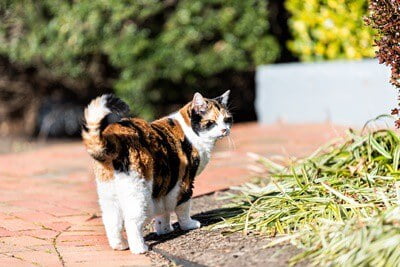
Why Are My Cat S Back Legs Not Working Weak Wobbly And Stiff

Rehabilitation Of Hip Injury In Cats Grace Veterinary Services

Cat Mobility Loss Causes And Solutions Cat Wheelchair Feline Mobility

Purdue Now Purdue Vth Performs Feline Hip Replacement On Fridgey The Cat Youtube
